Keeping shops relevant in the mobile age is all about combining bricks with clicks, finds Susie Mesure.
Imagine swiping through the latest collection from your favourite retailer and falling in love with a tailored yellow top. You would click to buy it in a flash, except, at £75, it’s beyond your budget this week.
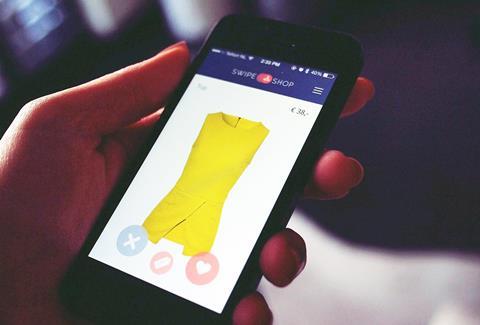
Now picture yourself on a lunch hour break, nipping out to grab a sandwich, when your phone buzzes. You check your messages and find the very same shop has messaged you, with a 30% discount voucher for that very top.
Glancing up, you realise you’re about to walk past the door to the shop, and in you dive, all thoughts of lunch forgotten.
Many retailers believe this is the future of selling pretty much anything from clothes to groceries now that most people already shop with a phone in one hand and a basket, or trolley, in the other.
A marriage made in heaven?
Forget bricks or clicks – savvy businesses know they need to integrate their mobile-commerce strategy with their physical stores because figures show that people are using their mobile devices to supplement their shopping experiences, especially if they are under 22 years old (part of Generation Z).
“We know customers want to receive more personalised, relevant offers, and customers who subscribe to our app receive just that,” says Ricky Wilson, head of M&S.com.
“We use geo-targeting to identify app customers near our stores and use push notifications on their mobiles to share localised relevant offers”
Ricky Wilson, M&S.com
“We use geo-targeting to identify app customers near our stores and use push notifications on their mobiles to share localised relevant offers.”
Wilson knows shoppers are increasingly using their mobiles in-store to search for products and deals and he wants to make sure Marks & Spencer is benefiting from that.
The company is running a number of “scan-pay-go” trials this year, which will enable shoppers to scan a product, get personal shopping advice, and pay without queueing at a till.
Like many retailers, M&S offers customers Wi-Fi “as standard” and is adding seating to allow them to “relax and browse” their mobiles or tablets.
Small details, perhaps, but potentially transformative in the new mobile age when shoppers, Gen Z in particular, expect to be able to use their phones “with ease” when they shop.
“For some time now we have talked about a ‘mobile-first’ approach to customer experience, but now [it’s about] ‘mobile only’,” adds Wilson.
‘Digitally influenced’
Tesco is also trialling a “scan as you shop” option on its mobile app in a few stores, while a handful of others offer customers scanning devices to tot up their shop as they go.
“Customers value keeping track of their basket as they are shopping, plus the convenience of being able to check out faster,” says Sean O’Neill, product director in Tesco’s online business.
O’Neill says Tesco is tracking “digitally influenced” sales – items customers researched online before buying in-store. It has linked up with Google and Facebook to suggest products available locally depending on browsing data.
“You can’t think of online and offline as distinct any more. Online is not just a transaction channel but a shop window. It’s still early days in helping customers who use their phones in our stores, but this is an area of focus,” O’Neill adds.
Why integrating m-commerce with store strategy matters
- 53% of consumers prefer experiences to buying products
- By 2020 most consumers will still prefer to complete their purchase in a store environment.
Store visits on the rise for younger shoppers
Younger shoppers are driving the push by retailers to integrate mobile and physical shopping experiences – not, as might once have been thought, because millennial customers buy everything via their phones, but because they are the ones most likely to visit an actual shop.
A report by Verdict Retail and British Land found that the average Gen Z shopper visits a shopping centre 14% more frequently than the average consumer. And recent research in the US, by the International Council of Shopping Centers, found 96% of millennials bought something from shops at which they had used their mobile phones.
Mothercare is particularly keen to make the most of the new interplay because millennials are its target market. “It is crystal clear that customers, particularly millennials, are omnichannel; they are using channels interchangeably on the route to purchase and they expect a seamless experience across all those channels,” says Gary Kibble, the group’s global brand and marketing director.
“It’s our job to have a single view of that customer,” he adds, explaining that Mothercare is building a new technology platform that will enable it to keep track of what someone has browsed online, any contact they have made with a store – such as booking an expectant parent meeting or a new mum meet-up – or what they go on to purchase.
This “single customer view” will go live around the middle of this year.
“The millennial customer is becoming more wary of brands and more focused on peer-to-peer reviews”
Gary Kibble, Mothercare
Mothercare is also helping shoppers use their mobiles to research products while in one of its stores via a ‘zap’ functionality on its app.
“The millennial customer is becoming more wary of brands and more focused on peer-to-peer reviews.
“Zapping, say, a pushchair will open content on a phone that shows how it folds, what accessories you can buy, what the designer has to say about it, and what other people are saying about the product,” Kibble adds.
Convenience drive
At Screwfix, customers are using their mobiles to check stock, place an order and collect that item from one of the group’s 529 stores in as little as one minute, according to Sue Harries, the do-it-yourself chain’s ecommerce director.
“For many of our trade customers, their mobile is a massive part of their business. Time is money for them and we’re working hard to help by combining our mobile and in-store journeys to make things as convenient as possible,” she says.
Through the group’s mobile site, customers can check stock and see the drive time, with traffic and directions, to the nearest store.
One upshot is that retailers no longer worry whether an item was bought online or in-store.
For instance, Mothercare creates “regional catchments” around a store to map sales within a region and look at how a store manager is delivering store sales and online catchments around that,” says Kibble.
Which can all only mean that our phones are going to be talking to us a lot more in the future, and making it easier than ever to shop.
Pay-by-mobile
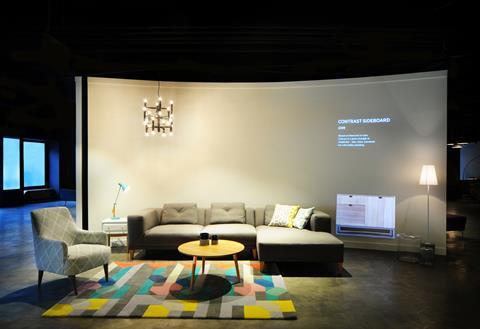
Furniture shopping might not seem the ideal area for pay-by-mobile given that sofas or tables are hardly a frequent purchase.
But Jonathan Howell, chief technology officer at made.com, says offering Apple Pay has worked well for the retailer.
“Two-thirds of our traffic is from mobile, but entering payment details is more cumbersome on a mobile, so the great thing about Apple Pay is you don’t have to type in your credit card or address,” he says.
Meanwhile, Tesco has almost finished rolling out its mobile payment app, PayQwik, to its entire estate after initial trials showed shoppers liked snapping a QR code at the checkout to complete their transaction.
Gen Z’s influence
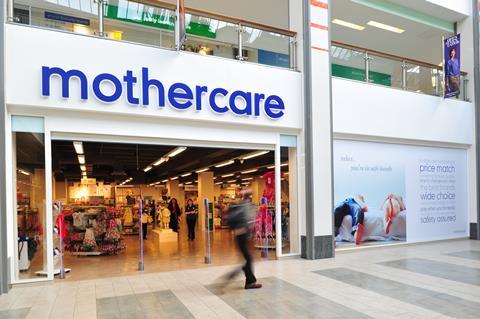
The impact of Gen Z’s mobile obsession is changing how retailers think about their physical shops, which are becoming showrooms and event spaces as much as places to sell goods.
New Look is bringing DJs into its London flagship, while Mothercare is using its high-street footprint to host new parent meet-ups and places they can take kids for a break while out shopping.
Uniqlo and JD Sports are among those bringing social media, most popular among gen Z, into their stores, with digital billboards that display what they are up to on social media.
Holding events in-store helps to create authentic content, driving more potential customers to social media pages and, ultimately, into shops, says Tarek Nseir founder of digital strategy agency TH_NK.
He highlights the work Apple has done to transform its retail service so customers can walk straight out with anything they have purchased via the Apple Store app.
“I think we will see retailers make investments in anything that plays to the immediacy that gen Z expects,” he says.






















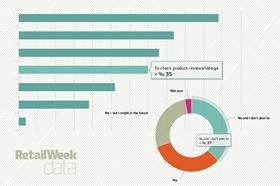
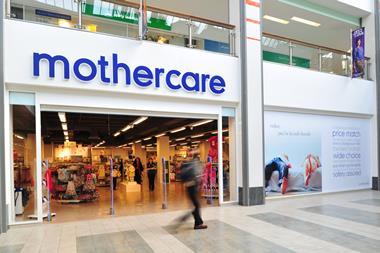
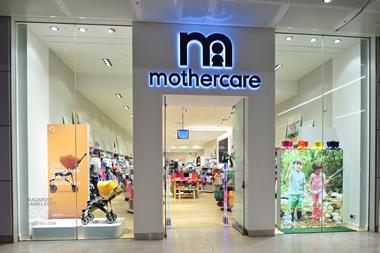


1 Reader's comment